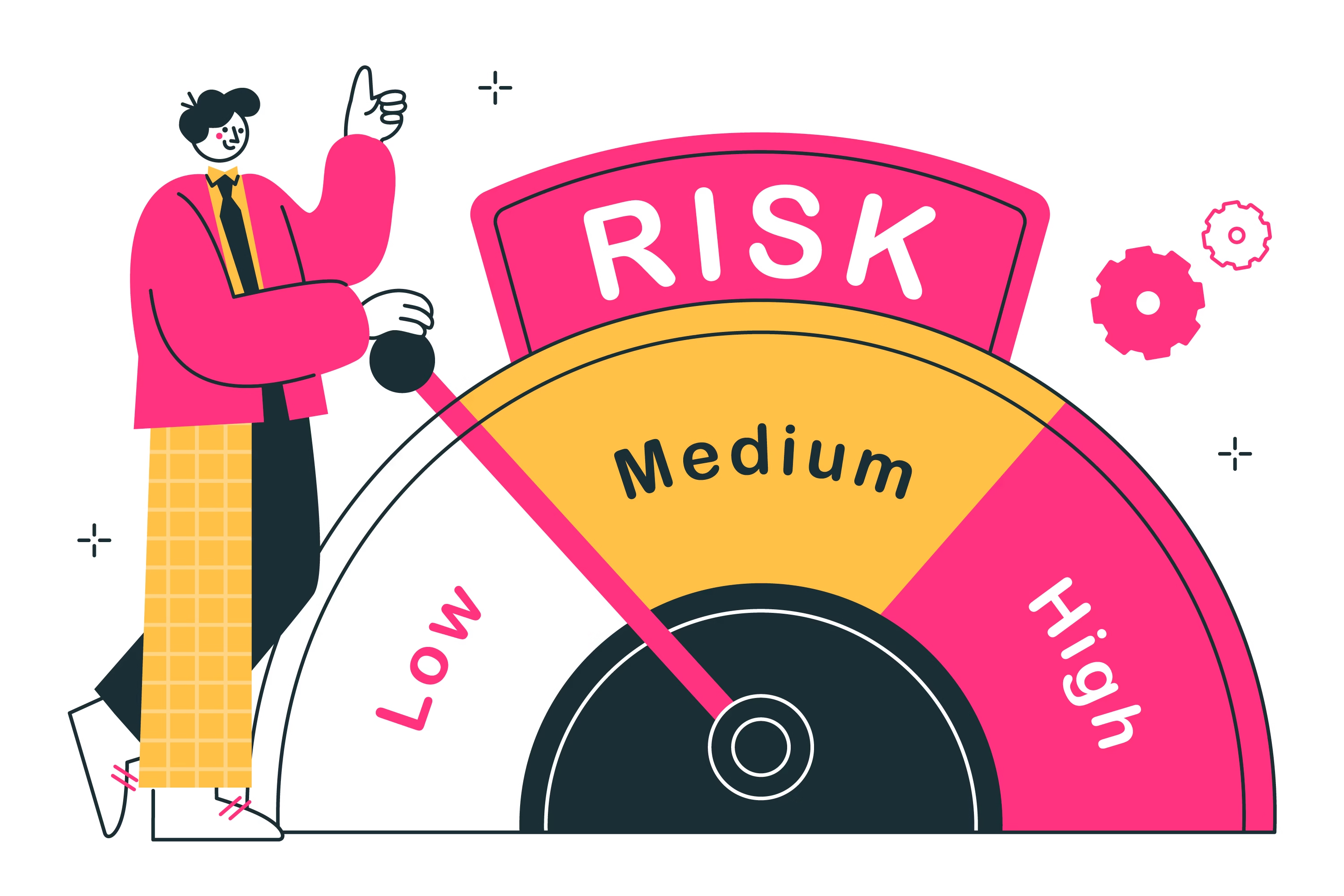The Importance of Long-Term Investing
Introduction
In today’s fast-paced world, many investors are drawn to the allure of quick profits. Whether it’s through day trading in the stock market or flipping real estate, the temptation for instant returns is hard to resist. However, seasoned investors know that the importance of long-term investing often leads to more consistent and reliable returns. The key to successful investing is often about playing the long game. But what exactly makes long-term investing a strategy worth considering? What benefits does it bring to the table, and how can it transform your wealth-building journey?
This article explores the importance of long-term investing, the strategies involved, and why you should consider adopting a long-term perspective in your financial planning. From stock markets to real estate and beyond, we will highlight why long-term investments are not just for the wealthy, but for anyone looking to secure a stable future.
What Is Long-Term Investment?
A long-term investment is an investment held for an extended period, typically several years, with the expectation of realizing a profit over time. Unlike short-term investments, which focus on quick gains, long-term investing seeks to capitalize on sustained growth. This strategy can apply to various asset types, including stocks, bonds, mutual funds, real estate, and even private equity.
The beauty of long-term investment is that it allows investors to ride out market volatility, economic cycles, and geopolitical events, all while benefiting from the compounded growth of their assets.
But what is considered a long-term investment? The general rule of thumb is that any investment held for over one year qualifies as long-term. However, many consider investments that last five, ten, or even 30 years as prime examples of long-term investments.
The Case for Long-Term Investing
While the importance of long-term investing can sometimes feel overlooked in favor of quick, short-term profits, seasoned investors know that a long-term perspective in investing can yield higher returns. The core of long-term investing is the ability to ride out market volatility. One common advantage of a long-term investment is the ability to weather economic downturns, letting your investment grow over the long term.
A well-known example of this is the stock market index, the S&P 500. Since its inception in 1926, the S&P 500 has returned an average annual return of approximately 10%. Even during periods of significant volatility, such as the 2008 financial crisis, long-term investors who held their investments saw recovery and growth in the years following the downturn.
Examples of Long-Term Investments
There are numerous long-term investment examples across various sectors. Below are a few common types:
- Stocks and Equity Funds: Investing in individual stocks or diversified equity funds (such as index funds or exchange-traded funds – ETFs) is one of the most common ways to engage in long-term investing. Over time, these investments benefit from market growth and compounding.
- Real Estate: Many individuals choose to invest in property, whether residential or commercial, with the aim of capital appreciation over many years. Long-term investments in real estate can be especially lucrative due to the growing value of land and buildings.
- Bonds: Bonds are a type of debt investment, often issued by corporations or governments. When held to maturity, bonds can provide a steady stream of income over time.
- Retirement Accounts: Instruments such as 401(k)s and IRAs are designed for long-term investing. These accounts grow tax-deferred, meaning that they benefit from compounded growth without annual taxes.
What Are the Benefits of Long-Term Investment?
The appeal of long-term investing lies in its ability to provide wealth building and financial security. Below are some of the key benefits of adopting a long-term investing strategy:
- Compounding Growth: The power of compounding is one of the main reasons to invest for the long term. With long-term investments, you earn interest or dividends on your initial investment, and those earnings are reinvested, allowing your wealth to grow exponentially over time.
- Reduced Risk: When you invest for the long term, you can mitigate the impact of short-term market fluctuations. Historical data shows that, over long periods, markets tend to recover from downturns, making long-term investments less risky than short-term trading.
- Tax Efficiency: Many long-term investment vehicles, such as retirement accounts and tax-free bonds, offer tax advantages. These tax benefits help maximize your returns, as you’ll be taxed at lower rates when you sell long-term assets.
- Emotional Discipline: A long-term strategy encourages investors to stay focused on their goals and avoid making emotional decisions. By investing for the long term, you’re less likely to panic during market downturns and more likely to stick to your financial plan.
Long-Term Investment vs. Short-Term Investment
While short-term investments often involve higher levels of activity, including more frequent buying and selling, long-term investing allows investors to be patient. Many financial experts advocate for long-term investment strategies because they typically result in higher returns, with less time and effort spent monitoring the market.
The key difference between the two strategies lies in the timeframe and the amount of risk involved. Short-term investments typically focus on achieving quick profits, often involving speculative and volatile assets, whereas long-term investments prioritize stable, gradual growth over extended periods. Short-term investments also require more active management and more frequent decision-making, increasing the overall stress and potential for costly mistakes.
How to Build a Long-Term Investment Portfolio
Building a long-term investment portfolio requires strategic planning and a deep understanding of your financial goals. Here are some steps to help you build a well-rounded portfolio:
- Set Clear Goals: Determine your financial goals for the future, whether it’s saving for retirement, a large purchase, or wealth accumulation. This will help you choose the right investments for your needs.
- Diversify Your Investments: A diversified portfolio helps spread risk across different asset types, ensuring that you’re not overly dependent on one particular investment’s performance.
- Focus on Quality Assets: When selecting individual stocks or real estate investments, focus on high-quality assets with a proven track record of growth. These are more likely to appreciate over the long term.
- Invest Regularly: Consistency is key in long-term investing. Make regular contributions to your portfolio, even when the market is volatile, and take advantage of dollar-cost averaging to reduce the impact of market fluctuations.
- Review and Rebalance: While the idea of long-term investing is to stay put, it’s important to review your portfolio periodically and make adjustments as needed.
FAQs
What is a long-term investment?
A long-term investment is an asset purchased with the intention of holding it for an extended period, often several years or more, to allow it to appreciate and provide returns over time.
What is considered a long-term investment?
Generally, long-term investments are those held for more than one year. However, many investors consider assets held for 5, 10, or 30 years to be long-term investments.
What are the best examples of long-term investments?
Common long-term investments include stocks, bonds, real estate, retirement accounts, and mutual funds. These assets have the potential to grow steadily over time.
What is the main advantage of a long-term investment?
One common advantage of a long-term investment is the ability to benefit from compounding growth and market recovery, even after periods of volatility.
How does long-term investing reduce risk?
By focusing on long-term growth, investors can ride out short-term market fluctuations and reduce the impact of sudden market dips.
Why is a long-term investment strategy important?
A long-term investment strategy enables investors to accumulate wealth steadily, avoid emotional decision-making, and benefit from the compounded growth of their assets.
Conclusion
The importance of having a long-term perspective in investing cannot be overstated. Whether you’re looking to build wealth for retirement, save for a major life event, or simply grow your assets over time, long-term investments provide stability and growth. With patience, discipline, and strategic planning, long-term investments can help you achieve your financial goals and secure a brighter future. By embracing a long-term investment strategy, you’re not just investing in assets — you’re investing in your future.


